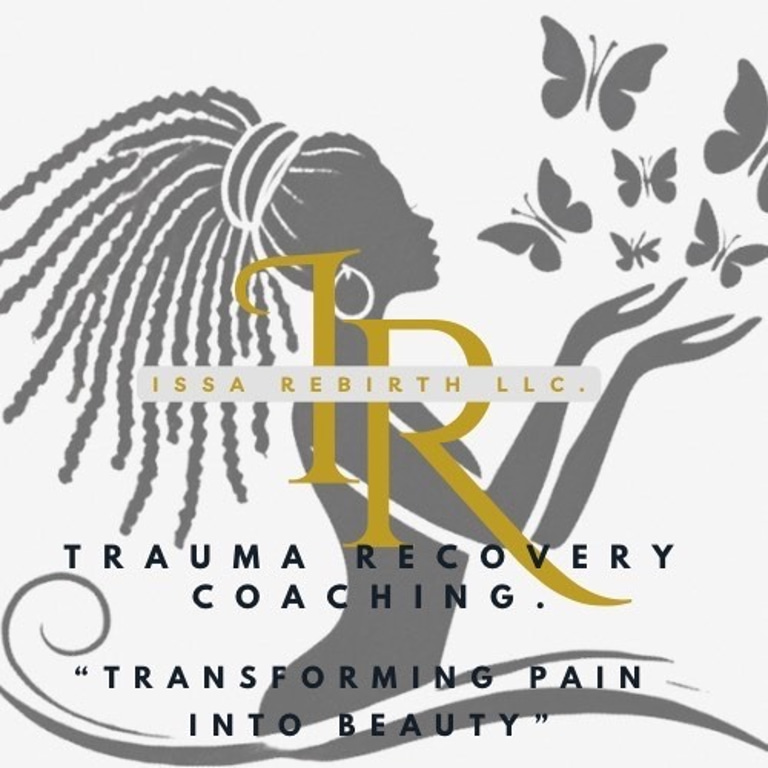The Lies You Tell Yourself
And How To Let Them Go
HEALING
Kenisha Miller
4/14/20253 min read


The Lies You Tell Yourself (And How to Let Them Go)
By Kenisha Miller | Issa Rebirth Coaching
“Being rejected made me feel like I wasn’t enough.”
I operate from my heart space. The love I give is sincere, intentional, and rooted in truth. So when I’ve been rejected—even when I showed up with genuine love—it cut deep. It made me question myself.
Was I too much? Not enough? Did I love wrong?
But healing has taught me something that changed everything:
It wasn’t about me.
Sometimes, people reject the very thing they secretly crave—because they’re not ready to receive it. They’re unhealed and love terrifies them more than loneliness.
And that’s okay.
It doesn’t mean my love wasn’t real. It doesn’t mean I wasn’t worthy.
It means they weren’t ready—and I’m no longer trying to force someone to meet me where I’ve grown.
I can love deeply and still let go.
That’s not weakness.
That’s self-love in action.
The Inner Critic & The Lies We Tell Ourselves
We all have an inner voice. Sometimes, it’s encouraging. But often, it’s a harsh critic—whispering lies we’ve internalized over time. These beliefs become part of our mental script, shaping how we show up in relationships, work, and even how we talk to ourselves.
Lies like:
“I’m not good enough.”
“I have to be perfect.”
“I’ll never be loved.”
“I’m a fraud.”
“I’ll be happy when…”
If any of those sound familiar, you’re not alone. These lies are rooted in pain, past trauma, or protective survival mechanisms. But believing them keeps us stuck.
Today, let’s unpack the lies—and begin the journey to truth.
Lie #1: “I’m not good enough for anyone.”
This lie is often rooted in childhood rejection, neglect, or trauma. When our emotional needs go unmet, we internalize the message that we are the problem (Branden, 1994).
Truth: You are not too broken. You are not too much. You are not too late. Worthiness isn’t something you earn—it’s your birthright.
Lie #2: “I’ll never be enough to be truly loved.”
If you’ve experienced conditional love, you may have learned to overextend or people-please to feel accepted. This pattern, linked to attachment wounds (Johnson, 2004), tells us we must earn love.
Truth: Real love sees you, not your performance. You don’t need to prove yourself to be loved.
Lie #3: “I’m a fraud.” (Imposter Syndrome)
Even the most successful people struggle with this. Imposter syndrome affects over 70% of individuals at some point in their lives (Clance & Imes, 1978).
Truth: You didn’t just “get lucky.” You’re showing up, growing, and learning—and that is more than enough.
Lie #4: “I have to be perfect.”
Perfectionism is often a trauma response—a way to avoid shame or rejection (Brown, 2010). But chasing perfection disconnects us from our humanity.
Truth: You’re allowed to be messy, evolving, and still worthy of love. Connection lives in our shared imperfections.
Lie #5: “I’ll be happy when…”
This lie keeps us in a cycle of chasing and never arriving. Studies show that external achievements offer temporary happiness, but lasting well-being comes from internal peace and self-acceptance (Lyubomirsky, 2007).
Truth: Peace isn’t a destination. It’s something you practice—bit by bit, moment by moment.
So how do we stop believing the lies?
1. Develop Self-Awareness + Mindfulness
Mindfulness teaches us to observe thoughts without judgment (Kabat-Zinn, 1994). When you become aware of your inner dialogue, you create space to choose a new narrative.
2. Practice Compassionate Self-Talk
Self-compassion is linked to lower anxiety and greater resilience (Neff, 2003). Speak to yourself like you would a best friend—with kindness, not criticism.
3. Journal the Truth
Journaling helps us uncover limiting beliefs and rewrite our inner scripts (Pennebaker & Seagal, 1999).
Try prompts like:
“A lie I’ve believed is…”
“The truth I’m learning is…”
“I forgive myself for…”
4. Create an Affirmation Practice
Daily affirmations rewire your brain by strengthening positive neural pathways (Dispenza, 2017).
Examples:
“I am worthy of love and joy.”
“I release the need to be perfect.”
“I am growing, and that is enough.”
Closing Truth
The lies you tell yourself may have once protected you—but they no longer serve you.
Let them go.
Replace them with truth:
You are enough.
You are lovable.
You are allowed to take up space, to rest, to grow, and to rewrite your story.
Sources Cited:
Branden, N. (1994). The Six Pillars of Self-Esteem.
Brown, B. (2010). The Gifts of Imperfection.
Clance, P. R., & Imes, S. A. (1978). The Impostor Phenomenon in High Achieving Women. Psychotherapy: Theory, Research & Practice.
Dispenza, J. (2017). Breaking the Habit of Being Yourself.
Johnson, S. (2004). Hold Me Tight: Seven Conversations for a Lifetime of Love.
Kabat-Zinn, J. (1994). Wherever You Go, There You Are.
Lyubomirsky, S. (2007). The How of Happiness: A Scientific Approach to Getting the Life You Want.
Neff, K. D. (2003). Self-Compassion: An Alternative Conceptualization of a Healthy Attitude Toward Oneself. Self and Identity.
Pennebaker, J. W., & Seagal, J. D. (1999). Forming a Story: The Health Benefits of Narrative. Journal of Clinical Psychology.

